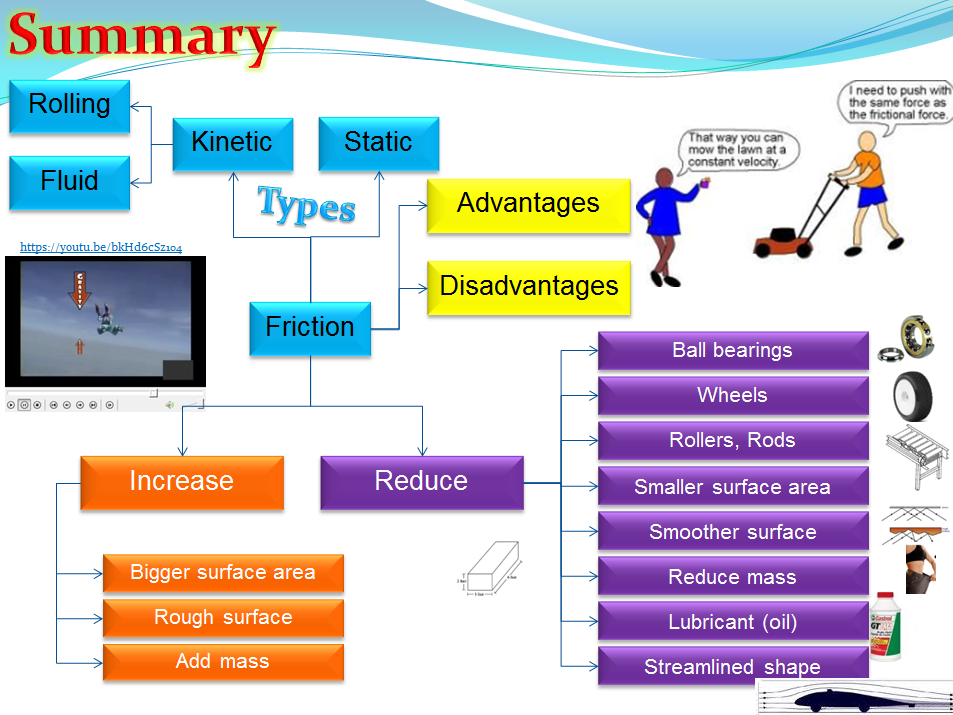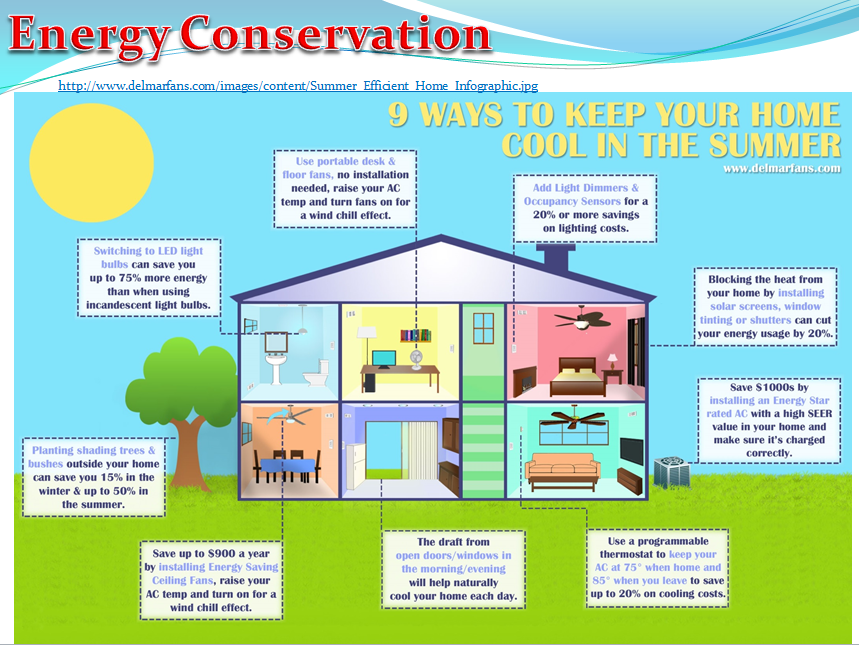
59Uploads
111k+Views
48k+Downloads
All resources

Atomic structure (Chemistry)
This lesson is about Atomic structure and the periodic table. Getting into the atom's shells to understand how atoms react with one another by exchanging valence electrons. The student will be able to predict the number of atoms involves in a reaction according to their group in the periodic table. Also discuss the reactivity series an it affect on the reaction.
A part of a science course for grade 8 (Chemistry).
The set includes Power-Point presentation and iBook, which is an Interactive Book, where the students fill the blanks that goes in accordance with the PPT slides.
In addition there are all the answers to the iBook for the teacher.

Electricity Generation (Physics)
This lesson is about Electricity Generation. The process of burning fossil fuel - spinning a turbine to spine a generator. The lesson also discuss the energy changes throughout this process in various power stations such as hydroelectric power station, nuclear power station, etc.
A part of a science course for grade 9 (Physics). The files contain the theories, lecture and practices, as well as links to videos and online simulations.
The set includes Power-Point presentation and iBook, which is an Interactive Book, where the students fill the blanks that goes in accordance with the PPT slides.
In addition there are all the answers to the iBook for the teacher.

Introduction to networks
An introduction to networks explains the basics of networks for kids. The lesson discusses the topics: Networks hardware, Wireless communication, Types of networks (LAN, WAN, WiFi), internet Vs. intranet. Concluding the lesson with a short quiz.

Introduction to ICT
This lesson covers the basics of ICT for kids. The positive and negative impact of ICT on our daily life, advantages and disadvantages. Applications of ICT in various aspects of our life such as Business, Banking, Entertainment, Education, Healthcare, Government etc. Negative impact on privacy, environment, health, etc.
The lesson discusses the usage of ICT in our daily life. Includes class discussions about the advantages and disadvantages of each aspect of ICT (Business, Banking, Entertainment, Education, Healthcare, Government). Additionally the lesson covers usage of technology at work and at home with some negative impacts on our life (privacy, environment, health).

Buoyancy Force (Physics)
This lesson is about Buoyancy force as related to Newton's third law of motion (action-reaction). A part of a science course for grade 9 (Physics). The files contain the theories, lecture and practices, as well as links to videos and online simulations. Additionally there is a PPT file for extra practice in class.
The set includes Power-Point presentation and iBook, which is an Interactive Book, where the students fill the blanks that goes in accordance with the PPT slides.
In addition there are all the answers to the iBook for the teacher.

Friction Force (Physics)
This lesson is about Friction forces. Includes Static friction, Kinetic friction, Fluid friction, Rolling friction, coefficient of friction and ways to increase and reduce friction.
A part of a science course for grade 9 (Physics). The files contain the theories, lecture and practices, as well as links to videos and online simulations. Additionally there is a PPT file for extra practice in class.
The set includes Power-Point presentation and iBook, which is an Interactive Book, where the students fill the blanks that goes in accordance with the PPT slides.
In addition there are all the answers to the iBook for the teacher.

Moment of Force (Physics)
This lesson is about Moment of forces. How to balance a lever, Calculate the moment of force and the
3 classes of levers.
A part of a science course for grade 9 (Physics). The files contain the theories, lecture and practices, as well as links to videos and online simulations. Additionally there is a PPT file for extra practice in class.
The set includes Power-Point presentation and iBook, which is an Interactive Book, where the students fill the blanks that goes in accordance with the PPT slides.
In addition there are all the answers to the iBook for the teacher.

Heat Flow (Physics)
This lesson is about Heat flow. The way heat travels by conduction, convection, and radiation. A part of a science course for grade 7 (Physics - Energy). The files contain the theories, lecture and practices, as well as links to videos and online simulations. The set includes Power-Point presentation and iBook, which is an Interactive Book, where the students fill the blanks that goes in accordance with the PPT slides. In addition there are all the answers to the iBook for the teacher.

Energy Sources (Physics)
This lesson is about Energy Sources. Every energy source is explained with examples and the process of its conversion to electricity. The sources are sorted to renewable and non- renewable with advantages and disadvantages for each energy source. A part of a science course for grade 9 (Physics - Energy). The files contain the theories, lecture and practices, as well as links to videos and online simulations. The set includes Power-Point presentation and iBook, which is an Interactive Book, where the students fill the blanks that goes in accordance with the PPT slides. In addition there are all the answers to the iBook for the teacher.

Energy Conservation (Physics)
This lesson is about Energy Conservation. Ways to save energy and a project to design an energy efficient house. Includes interactive self study applications. A part of a science course for grade 9 (Physics - Energy). The files contain the theories, lecture and practices, as well as links to videos and online simulations. The set includes Power-Point presentation and iBook, which is an Interactive Book, where the students fill the blanks that goes in accordance with the PPT slides. In addition there are all the answers to the iBook for the teacher.

Light Refraction (Physics)
This lesson is about Light refraction. How refraction occurs, Effects of refraction of light. Natural phenomena like rainbow, prism disperse and “broken” straw in water.
A part of a science course for grade 8 (Physics - Energy). The files contain the theories, lecture and practices, as well as links to videos and online simulations. The set includes Power-Point presentation and iBook, which is an Interactive Book, where the students fill the blanks that goes in accordance with the PPT slides. In addition there are all the answers to the iBook for the teacher.

Effects of Heat (Physics)
This lesson is about Effects of Heat. Includes examples from everyday life where we use expansion and contraction of matter. Useful application such as bi-metals use in thermostats, thermometers, hot air balloon and natural phenomena such as see breeze, land breeze etc. A part of a science course for grade 7 (Physics - Energy). The files contain the theories, lecture and practices, as well as links to videos and online simulations. The set includes Power-Point presentation and iBook, which is an Interactive Book, where the students fill the blanks that goes in accordance with the PPT slides. In addition there are all the answers to the iBook for the teacher.

Solutions (Chemistry)
This lesson is about Solutions.
How to make solutions
Recognize the different stages of solutions
Understand the different types of solutions
A part of a science course for grade 7 (Chemistry).
The set includes Power-Point presentation and iBook, which is an Interactive Book, where the students fill the blanks that goes in accordance with the PPT slides.
In addition there are all the answers to the iBook for the teacher.

Classification of Matter
This lesson is about Classification of Matter. Sorting substances to groups according to their properties: Particle arrangements (solid, liquid, gas), Combination of particles (element, compound, mixture). Element (metals, non-metals, metalloids). Discuss the properties of elements, compounds and mixtures with practical examples. Covers the properties of metals, non-metals and metalloids.
A part of a science course for grade 7 (Physics-Energy).
The set includes Power-Point presentation and iBook, which is an Interactive Book, where the students fill the blanks that goes in accordance with the PPT slides.
In addition there are all the answers to the iBook for the teacher.

Concentration (Chemistry)
This lesson is about Concentration of solutions. The lesson discuss the making of solutions, how to calculate its concentration and how to dilute an exiting solution to achieve a desire concentration.
A part of a science course for grade 7 (Chemistry).
The set includes Power-Point presentation and iBook, which is an Interactive Book, where the students fill the blanks that goes in accordance with the PPT slides.
In addition there are all the answers to the iBook for the teacher.

Absorbtion and Radiation of Heat (Physics)
This lesson is about Absorption and Radiation of Heat. Includes examples from everyday life where colors and types of material affect the amount of heat absorbed and radiate by objects. A part of a science course for grade 7 (Physics - Energy). The files contain the theories, lecture and practices, as well as links to videos and online simulations. The set includes Power-Point presentation and iBook, which is an Interactive Book, where the students fill the blanks that goes in accordance with the PPT slides. In addition there are all the answers to the iBook for the teacher.

Electrical power (Physics)
This lesson is about Electrical Power. A part of a science course for grade 9 (Physics). The files contain the theories, lecture and practices, as well as links to videos and online simulations.
The set includes Power-Point presentation and iBook, which is an Interactive Book, where the students fill the blanks that goes in accordance with the PPT slides.
In addition there are all the answers to the iBook for the teacher.

Types of Motion (Physics)
This lesson is about Types of Motion. Includes Linear motion, Free fall, Projectile motion, Circular motion, Rotary motion, Oscillatory motion and everyday applications of them.
A part of a science course for grade 9 (Physics). The files contain the theories, lecture and practices, as well as links to videos and online simulations. Additionally there is a PPT file for extra practice in class.
The set includes Power-Point presentation and iBook, which is an Interactive Book, where the students fill the blanks that goes in accordance with the PPT slides.
In addition there are all the answers to the iBook for the teacher.

Energy Types (Physics)
his lesson is about Energy Types, stored energies (potential, chemical, nuclear) and working energies kinetic, heat, light, sound, electrical). Includes calculations and everyday example.
A part of a science course for grade 9 (Physics - Energy). The files contain the theories, lecture and practices, as well as links to videos and online simulations. The set includes Power-Point presentation and iBook, which is an Interactive Book, where the students fill the blanks that goes in accordance with the PPT slides. In addition there are all the answers to the iBook for the teacher.

Elements, Compound, Mixture (Chemistry)
This lesson is about Elements, Compound, Mixtures. Elements and the periodic table, Properties of metals, non-metals and metalloids.
A part of a science course for grade 8 (Chemistry).
The set includes Power-Point presentation and iBook, which is an Interactive Book, where the students fill the blanks that goes in accordance with the PPT slides.
In addition there are all the answers to the iBook for the teacher.




















